Unit 9 (M1): The Montessori Movement – Primetime, Decline and Revival
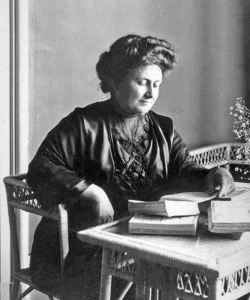
Please watch the video presentation above about The Montessori Movement – The Primetime, Decline, and Revival and then continue reading the lesson below.
- – Refer to Chapter One of Module 1 (Introduction to Montessori) for further reading.
The Montessori Movement
The Primetime, Decline, and Revival
The Montessori movement saw rapid growth, with over 1,000 schools established by 1925 and tens of thousands more worldwide. However, by 1940, the movement faced a steep decline. In the United States, Montessori schools nearly vanished, with only a handful continuing under the radar, avoiding the Montessori name. During this period, Dr. Maria Montessori’s contributions were largely absent from American educational discourse.
Yet, the 1960s marked a turning point. The Montessori method experienced a revival in the U.S., thanks in large part to Dr. Nancy McCormick Rambush, who reintroduced Montessori principles to North America. Today, Montessori education has flourished, with thousands of schools and organizations like the American Montessori Society (AMS), the Montessori Accreditation Council for Teacher Education (MACTE), and the International Montessori Council (IMC) leading its growth.
Why Did Montessori Decline in the U.S.?
Several factors contributed to the movement’s earlier decline, including:
- Disrupted Communication: During and after World Wars I and II, transatlantic travel and knowledge sharing between Europe and America were significantly hindered.
- Criticism by Influential Scholars: In 1922, William Kilpatrick, a prominent Columbia University professor, published Montessori Reexamined, where he unfairly criticized Montessori’s methods. He dismissed her approach as outdated and based on disproven psychological theories, such as the belief that sensory exercises could strengthen the brain like a muscle. His influential critique, often based on misunderstandings and biases, severely impacted the movement’s reputation.
- Resistance to Change: Montessori faced skepticism as a European medical doctor rather than a traditional educator. Her innovative ideas clashed with the conventional education systems of the time.
Montessori’s Revival and Modern Impact
Despite these challenges, Montessori education has seen significant growth since the 1960s, with schools now offering programs for a wider age range, including early childhood, elementary, and even secondary levels. Middle and high school Montessori programs are steadily emerging, ensuring continuity in her educational philosophy.
Montessori’s Prime Time
Maria Montessori’s most productive period spanned from 1907, when she opened her first Children’s House (Casa dei Bambini), to the 1930s. During these years, she expanded her curriculum and methods while gaining widespread support across Europe and America. She dedicated her life to transforming education, viewing her mission as nothing less than “regenerating mankind.”
Many aspects of modern education, such as multi-age classrooms, hands-on learning materials, emotional literacy, and a focus on mental health, reflect Montessori’s influence. Her emphasis on fostering independence, creativity, and collaboration continues to shape classrooms worldwide.
Global Recognition and Legacy
Maria Montessori was widely celebrated during her lifetime and beyond. She appeared on Italy’s 200 lire coin and 1,000 lire bill in the 1990s and was nominated for the Nobel Peace Prize three times.
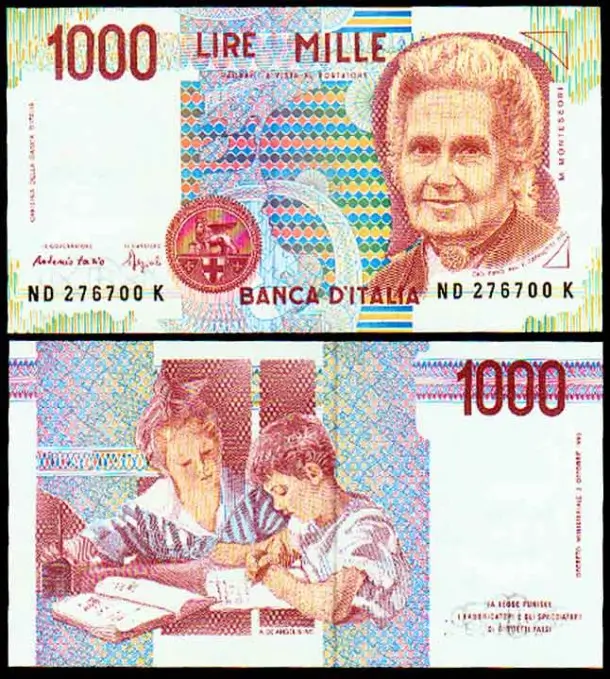

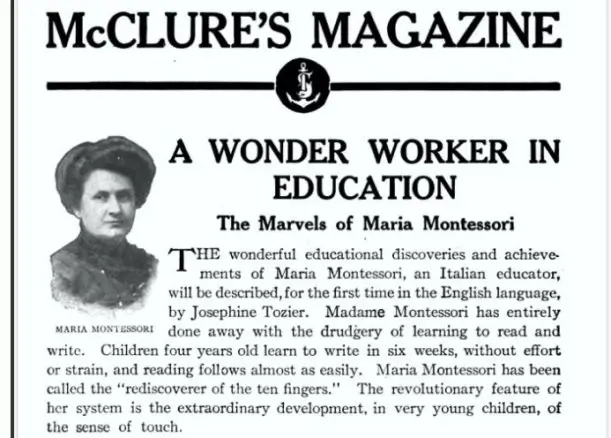
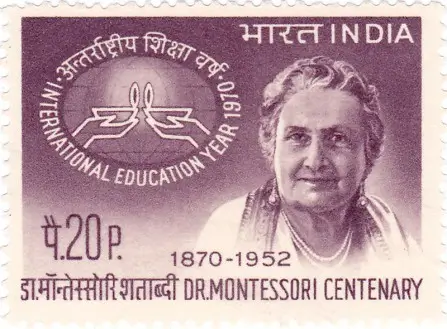
Though she passed away in 1952 in the Netherlands, Montessori’s legacy endures through her educational method, which has transformed the lives of countless children. Her forward-thinking approach proves she was truly “a woman ahead of her time,” inspiring educators and learners alike to build a better future.
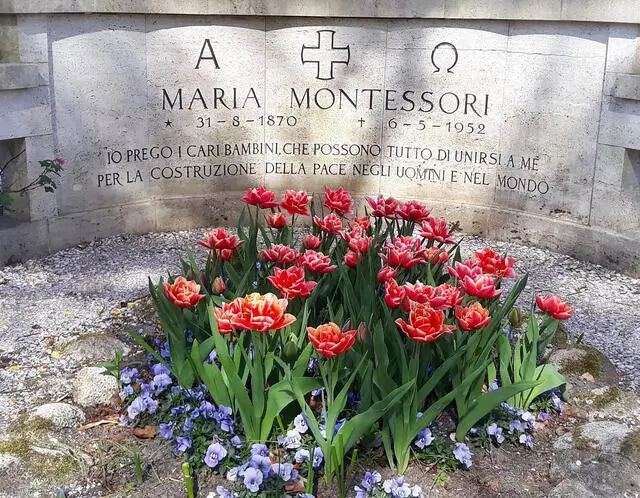
Additional Resource:
